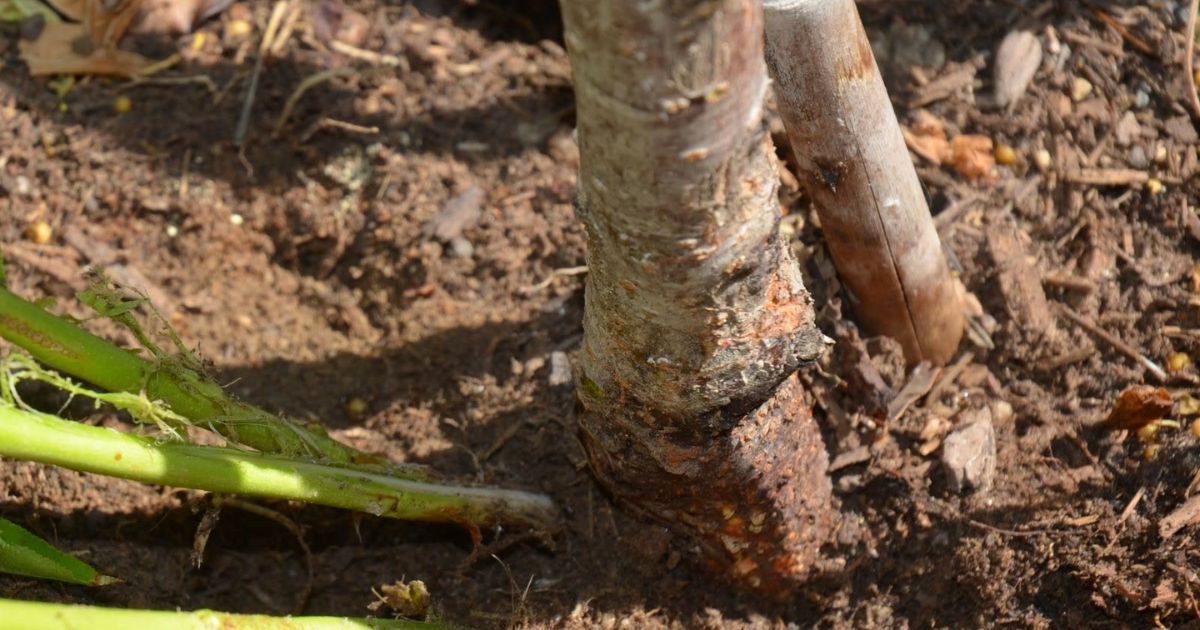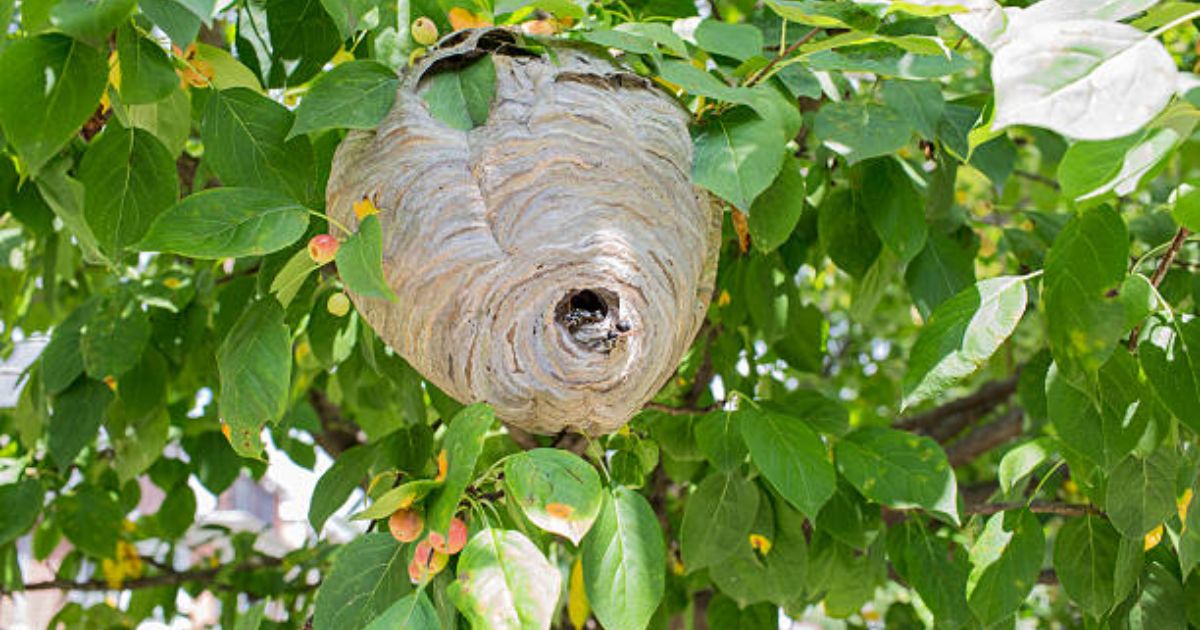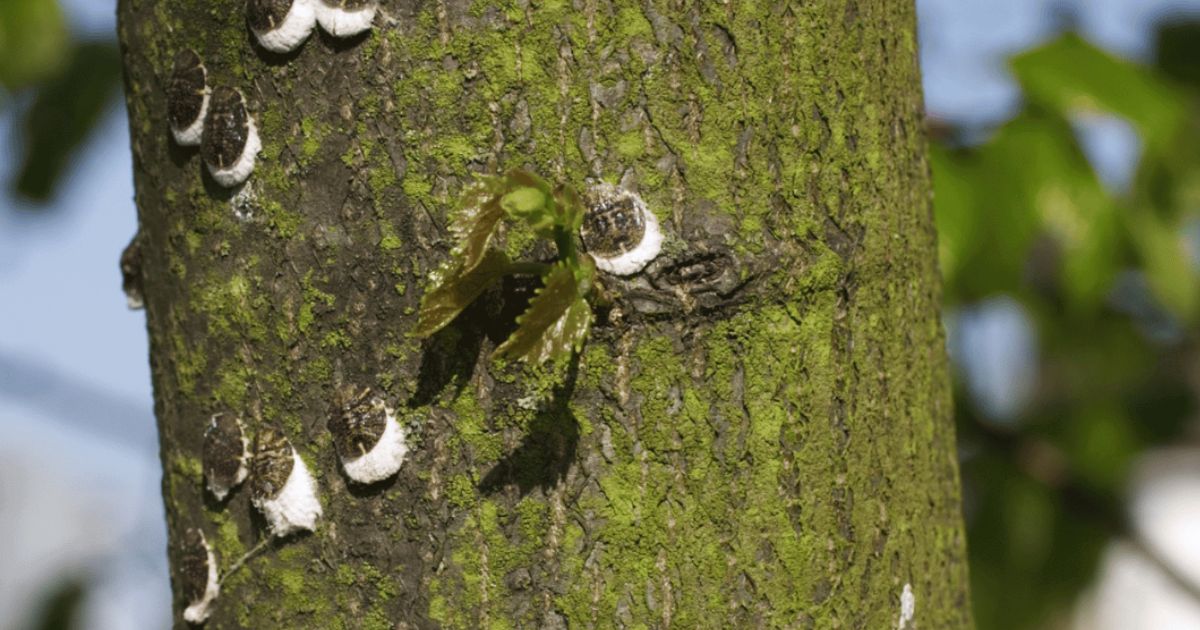If you’ve ever noticed small shoots sprouting from the base or roots of your tree, you’ve encountered tree suckers. These fast-growing, unwanted shoots may look harmless at first, but they can quickly drain vital energy and nutrients from your main tree. Left unchecked, they can weaken your tree, spoil its shape, and even stunt its overall growth.
The good news? get rid of tree suckers doesn’t have to be complicated. With the right tools, proper timing, and consistent care, you can easily control and prevent them from returning.In this post, we’ll share five simple yet effective tips to help you remove tree suckers safely and keep your trees healthy, strong, and beautiful all year round.
Identify Tree Suckers Early
The first and most crucial step in getting rid of tree suckers is learning how to spot them early. Tree suckers are thin, fast-growing shoots that sprout from the base of your tree, its roots, or sometimes directly from the lower trunk. Unlike healthy branches, these shoots grow straight upward and have a noticeably different texture or color than the rest of the tree.
Catching them early makes removal much easier. Young suckers are softer and less attached to the root system, which means you can prune them cleanly without harming the main tree. Types of Organic Mulch and Their Benefits If you ignore them, they’ll grow thicker and more complex to remove, taking more nutrients and water away from your tree’s canopy.
Here’s how to recognize suckers quickly:

- Look for new shoots growing near the soil line or around the base of the tree.
- Notice if the leaves or bark look slightly different from the rest of the tree (often lighter or glossier).
- Check for clusters of thin stems sprouting upward faster than normal branches.
Make a habit of inspecting your trees regularly, particularly in the spring and summer, when new growth is most prevalent. Early detection is the key to keeping your trees healthy and sucker-free.
Use the Right Tools for Clean Removal
Once you’ve identified the tree suckers, the next step is Tree sucker removal them properly, and that starts with using the right tools. Clean, sharp tools help you make precise incisions, reducing the risk of infection and promoting faster healing.Using dull or dirty equipment can tear the bark, damage healthy tissue, and create open wounds that attract pests or diseases. That’s why tool choice and maintenance are just as important as the cutting itself.
Here are the best tools for the job:
- Pruning shears: Perfect for young, small suckers. They allow clean, close cuts near the base.
- Loppers: Ideal for thicker or woody suckers that are too big for shears.
- Pruning saw or knife: Use for large suckers emerging from the trunk or primary roots.
- Gloves and safety glasses: Protect your hands and eyes How to Plant Trees: A Comprehensive Step-by-Step Guide cutting close to the trunk or soil.
Always disinfect your tools before and after pruning. Use rubbing alcohol or a little bleach to clean the blades. Solution to stop illness from spreading from one tree to another. Between trees.When cutting, trim the sucker as close to its point of origin as possible, right where it connects to the root or trunk. Avoid leaving stubs, since these can easily sprout new growth. A smooth, clean cut encourages the tree to heal naturally and minimizes the chance of suckers returning.
Remove Suckers from the Source
When it comes to managing tree suckers, the key is to Remove suckers from trees them from the Source, not just trim what you can see above the ground. Cutting suckers halfway or leaving small stubs might make your tree look tidy for a few weeks, but it doesn’t stop them from growing back, often stronger than before.
Tree suckers usually sprout from dormant buds along the roots or lower trunk. If these buds aren’t entirely removed, they’ll continue to produce new shoots. That’s why you should always cut suckers as close to their point of origin as possible.
Here’s how to do it right:
- Locate the base of the sucker, follow it down to where it attaches to the root or trunk.
- Cut flush to the surface using sharp pruning shears or a clean knife. Avoid tearing the bark.
- Do not leave stubs, as they’ll quickly sprout again.
- Remove any underground suckers by gently digging around the area to expose the base, cutting them off cleanly, and refilling the soil afterward.
After removal, apply a mulch covering the base of the tree, How to Stake a Tree That Is Leaning: Step by Step Guide keeping it away from the trunk to discourage new sucker growth and protect the roots.By removing suckers directly from the Source, you literally stop the problem at its root. This not only keeps your tree looking neat but also helps redirect energy to the main trunk and canopy, where it belongs.
Keep Your Tree Healthy to Prevent Regrowth

The best long-term solution for stopping tree suckers is to keep your tree healthy and stress-free. Most trees produce suckers as a natural survival response, Prevent tree suckers growing new shoots when they feel threatened or weakened. That means if you focus on overall tree health, you’ll significantly reduce the risk of suckers returning.
Here’s how to keep your tree in top shape:
Water Consistently, but Don’t Overdo It
- Deep, infrequent watering encourages strong root development.
- Steer clear of overwatering, as this might cause stress or root damage.
Mulch Properly
- Cover the base with two to three inches of organic mulch. (but not touching the trunk).
- Mulch keeps soil moist, regulates temperature, and prevents weeds, all of which reduce stress.
Avoid Over-Pruning or Heavy Trimming
- Cutting too many branches at once can shock the tree, When to Prune Pear Trees prompting it to send up suckers in response.
- Always prune gradually and during the right season for your tree species.
Feed the Tree as Needed
- In early spring, a slow-release fertilizer can aid in maintaining nutrition
- Avoid excessive nitrogen, which can encourage unwanted shoot growth instead of strong roots.
Protect the Trunk and Roots
- Be careful when mowing or using trimmers near the base of the tree.
- Physical damage to bark or roots often triggers sucker sprouting.
By keeping your tree well-nourished, watered, and protected, you reduce its need to “defend itself” through sucker growth. A healthy tree focuses its energy on upward growth and leaf development, not on producing unwanted shoots from the base.
Apply Mulch or Growth Inhibitors
Once you’ve removed the Healthy tree maintenance and strengthened your tree, the final step is preventing them from coming back, and mulch or growth inhibitors can help. These optional methods can make a big difference in long-term maintenance, especially for trees that tend to produce suckers repeatedly.
Use Mulch to Protect the Base
Mulching is one of the simplest and most natural ways to discourage sucker growth. Sunlight is blocked by a heavy layer of mulch. Reaching dormant buds in the soil can prevent new shoots from forming. It also improves moisture retention, regulates soil temperature, and reduces root stress, all of which make the tree less likely to produce suckers.
How to apply mulch correctly:
Cover the base of your tree with two to three inches of organic mulch (such as compost, wood chips, or bark).
To avoid moisture accumulation and decay, keep the mulch a few inches away from the trunk.
When necessary, replenish the mulch, particularly following periods of intense wind or rain. The base of your tree should be covered with two to three inches of organic mulch (such as compost, wood chips, or bark).
To avoid moisture accumulation and decay, keep the mulch a few inches away from the trunk.
- When necessary, replenish the mulch, particularly following periods of intense wind or rain.
Consider Growth Inhibitors (With Caution)

For persistent sucker growth, you can use chemical growth inhibitors that slow down or stop new shoots from developing. Usually, these products are applied either freshly or directly to the sucker-prone area. -prone area or freshly cut surfaces after removal.
However, they should be used carefully and sparingly:
- Follow label instructions precisely to avoid harming the tree.
- Never apply inhibitors to open wounds or healthy roots.
- Use them only if manual removal and regular care haven’t worked.
While mulch is a safe, eco-friendly choice for most homeowners, How to Make a Christmas Tree Last Longer growth inhibitors can offer extra help when you’re dealing with stubborn, recurring sucker problems.By combining proper pruning, consistent care, and these preventive methods, you can keep your trees looking healthy, balanced, and free from unwanted sucker growth for years to come.
Conclusion
Tree suckers may seem like a minor issue, but if left unmanaged, they can rob your tree of essential nutrients and energy, leading to poor growth and a weakened structure. Fortunately, with a bit of attention and the right approach, you can easily keep them under control.By identifying suckers early, using clean tools, removing them from the Source, maintaining overall tree health, and applying mulch or growth inhibitors when needed, you can stop these unwanted shoots from taking over.
Remember, healthy, well-cared-for trees are far less likely to produce suckers. Tree pruning guide A few minutes of regular maintenance can save you from bigger problems later and keep your landscape looking clean, balanced, and beautiful.So, grab your pruning shears, take a close look at your trees, and start putting these easy tips into action today. Your trees will thank you for it!
FAQ
What causes tree suckers to grow?
Tree suckers usually appear when a tree is under stress from pruning, drought, root damage, or disease. In grafted trees, suckers may also grow from the rootstock, which is genetically different from the main tree.
Are tree suckers evil for my tree?
Yes. Tree suckers compete with the main trunk for nutrients, water, and sunlight. If left in place, they can weaken your tree, affect fruit or flower production, and make it look untidy.
Can I use an herbicide to get rid of tree suckers?
You can, but it should be your last option. Herbicides can harm the main tree if not used carefully. Mechanical removal, cutting suckers at their base, is safer and more effective for long-term control.
How often should I check for tree suckers?
During the growing season, check your trees at least once a month. Removing suckers early is much easier and prevents them from coming back stronger.
Do all trees produce suckers?
Not all trees, but many species like lilac, maple, cherry, crabapple, and elm are more prone to sucker growth, especially when stressed or poorly maintained.
Can mulching really help prevent tree suckers?
Yes! A proper mulch layer keeps the soil moist, reduces temperature stress, and prevents new suckers from sprouting near the tree’s base.





